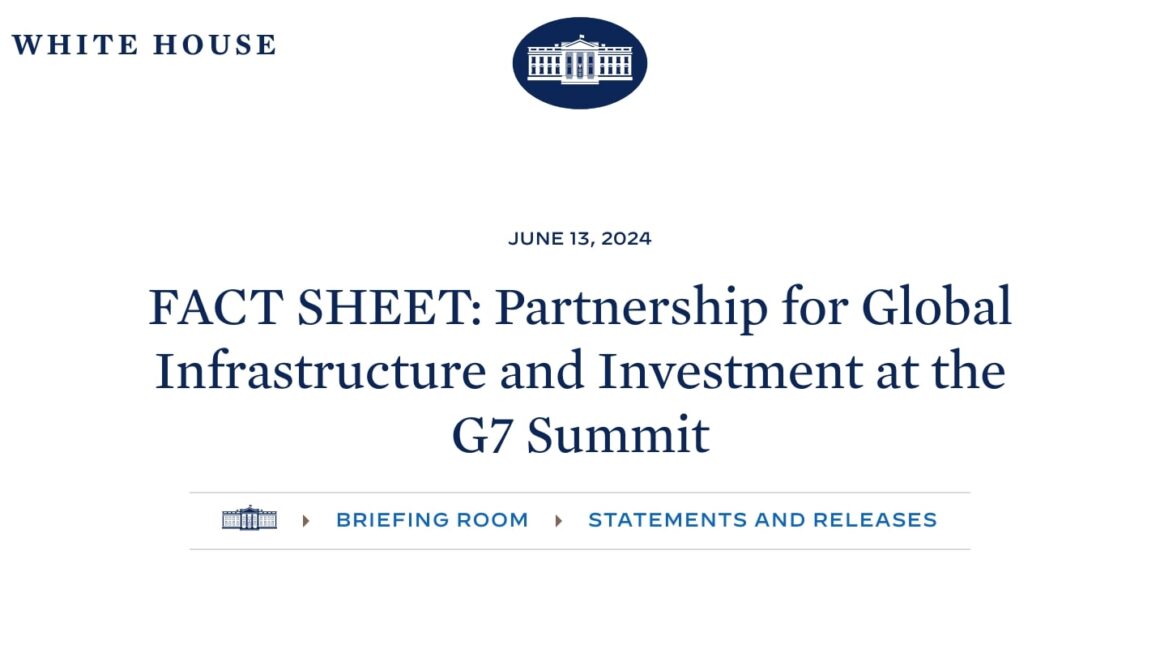In recent years, there has been a significant shift in the global financial landscape as Asian central banks explore alternative options to the traditional SWIFT (Society for Worldwide Interbank Financial Telecommunication) system. This move comes as a response to the increasing geopolitical tensions and concerns over the vulnerability of financial networks to political influences. In this article, we delve into the reasons behind the growing interest of Asian central banks in adopting Iran’s SWIFT alternative and the potential implications for the global financial system.
The SWIFT System and its Limitations
The SWIFT system has long been the backbone of international financial transactions, facilitating secure and reliable communication between banks across borders. However, it has faced criticism for its dependence on the United States and its susceptibility to potential sanctions or political pressure. Recent incidents involving the restriction of financial access to certain countries have prompted Asian central banks to seek alternative solutions to mitigate the risks associated with such dependencies.

The Emergence of Iran’s SWIFT Alternative
Iran, a country that has been subject to various economic sanctions, developed an alternative to the SWIFT system known as the “SEPAM” network. The Secure and Electronic Payments System for Iran, or SEPAM, offers an independent platform for financial messaging and transactions, allowing Iranian banks to bypass the restrictions imposed by the SWIFT system.
Why Asian Central Banks are Considering Iran’s Alternative
- Enhancing Financial Sovereignty: By adopting Iran’s SWIFT alternative, Asian central banks can reduce their reliance on external financial networks, thus enhancing their financial sovereignty and autonomy.
- Geopolitical Considerations: Given the geopolitical dynamics of the region, Asian central banks are motivated to explore alternative options that are less susceptible to external political influences. Iran’s alternative provides a viable solution that aligns with their interests.
- Diversification of Financial Infrastructure: Asian economies are among the fastest-growing in the world, and they recognise the importance of diversifying their financial infrastructure to support their expanding international trade and investment activities. Adopting Iran’s alternative is seen as a strategic move to strengthen their financial systems.
- Exploring Technological Innovation: Iran’s SWIFT alternative incorporates advanced technologies and encryption mechanisms, ensuring secure and efficient financial transactions. Asian central banks are keen on exploring and harnessing these technological advancements to enhance their own financial networks.
Implications for the Global Financial System
The growing adoption of Iran’s SWIFT alternative by Asian central banks could have significant implications for the global financial system. Here are some potential outcomes:
- Shift in Financial Power: With Asian economies playing an increasingly influential role in the global economy, their adoption of Iran’s alternative could lead to a shift in financial power away from traditional Western-dominated systems.
- Challenges to SWIFT’s Dominance: The increasing adoption of alternative networks challenges the long-standing dominance of the SWIFT system. This may prompt a reevaluation of the current financial infrastructure and potentially pave the way for the development of more diversified and resilient systems.
- Fragmentation or Integration: The adoption of multiple alternative systems by different regions could lead to fragmentation of the global financial network. On the other hand, efforts to integrate these systems and establish interoperability could lead to a more connected and inclusive global financial landscape.
Conclusion
The exploration of alternative financial networks by Asian central banks, particularly Iran’s SWIFT alternative, signals a fundamental shift in the global financial landscape. By adopting these alternatives, Asian economies aim to enhance their financial sovereignty, diversify their financial infrastructure, and mitigate the risks associated with traditional systems.
The adoption of Iran’s SWIFT alternative offers several advantages for Asian central banks. It allows them to strengthen their financial networks, reduce dependency on external influences, and explore technological innovations that can enhance efficiency and security in financial transactions. Moreover, this move demonstrates the growing influence and economic power of Asian economies on the global stage.
However, the widespread adoption of alternative networks like Iran’s SWIFT alternative could have implications for the global financial system. It may lead to a redistribution of financial power, challenging the dominance of Western-led systems and prompting a reevaluation of the current infrastructure. The emergence of multiple alternative systems also raises questions about potential fragmentation or the need for integration to ensure a connected and inclusive global financial landscape.
As the financial landscape continues to evolve, it is crucial for policymakers, regulators, and financial institutions to carefully monitor and adapt to these changes. Cooperation and collaboration will be essential to strike a balance between maintaining the integrity and stability of the global financial system while embracing innovation and diversification.
In conclusion, the adoption of Iran’s SWIFT alternative by Asian central banks reflects a strategic response to the evolving geopolitical and economic dynamics of the region. It underscores their commitment to strengthening financial sovereignty, exploring technological advancements, and diversifying financial infrastructure. The implications of this shift extend beyond the region, potentially shaping the future of the global financial system.














